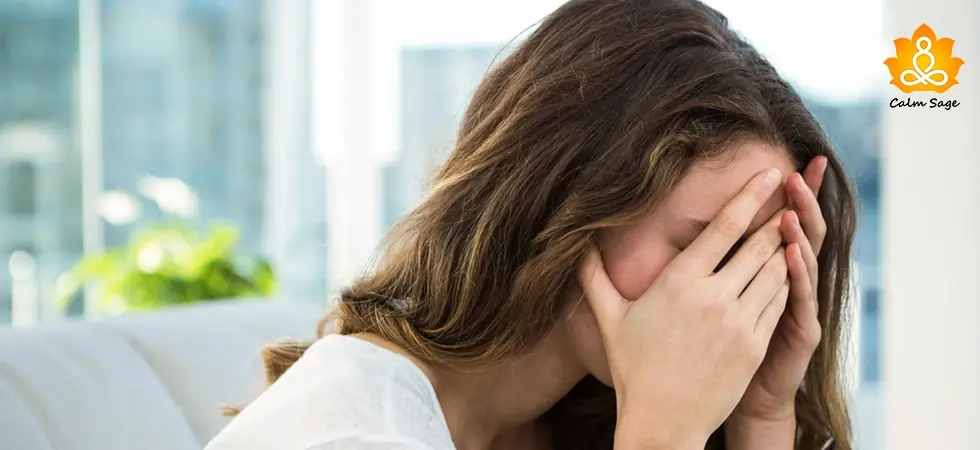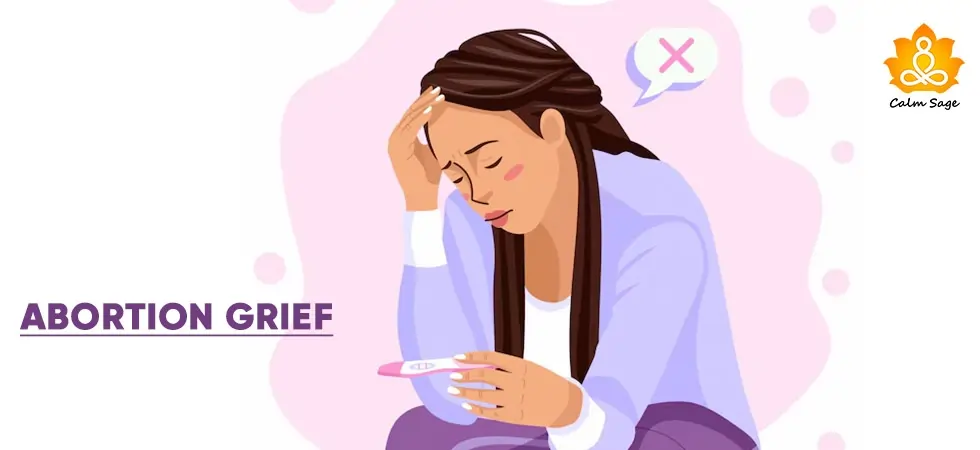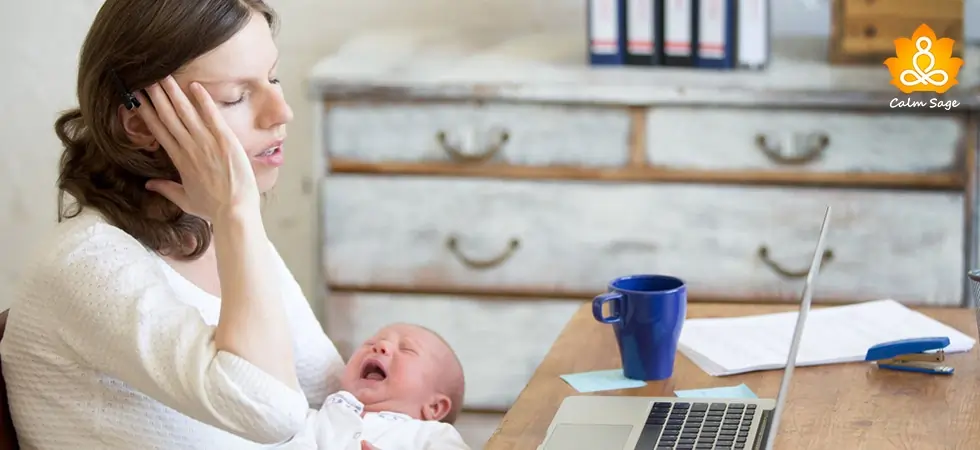Depression And Color Perception: Can Certain Colors Cause Depression?
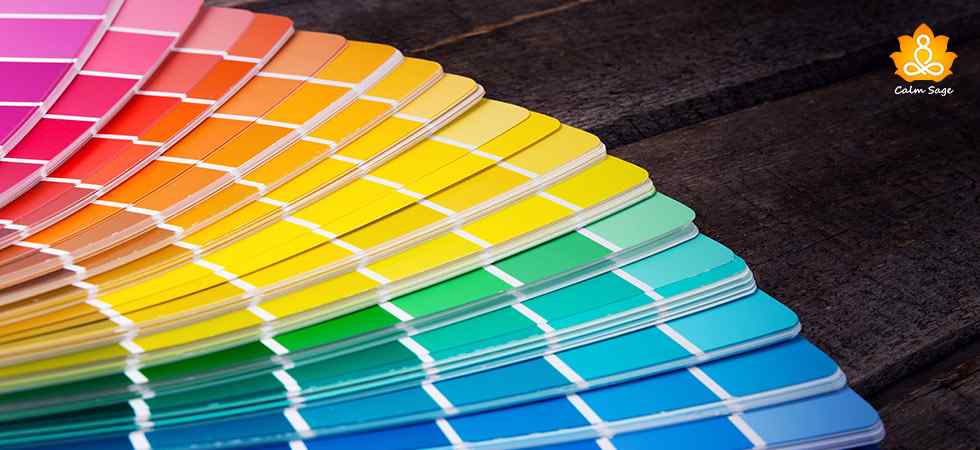
If you’ve heard anyone say or even if you’ve said to be feeling blue, then it’s automatic to assume that they or you are feeling low and depressed. Does it come as a surprise? Well, not really. There has been a long-standing history of depression and color perception.
How colors affect or even influence your mood has been a topic of debate for decades, only proven to be associated with color psychology, and by extension, color therapy. Even though the study of depression and color perception is new, people have long learned to connect certain colors with certain feelings.
One of the most common examples I can present here is the color red and how it is used to represent the feeling of joy in celebrations. Similarly, we’ve long come to associate certain colors, such as black, with negativity.
Over the years, various studies have proven a link between depression and color. Let’s explore the link between depression and color perception and what colors might be linked with sadness, depression, and low mood.
The Link Between Depression & Color Perception
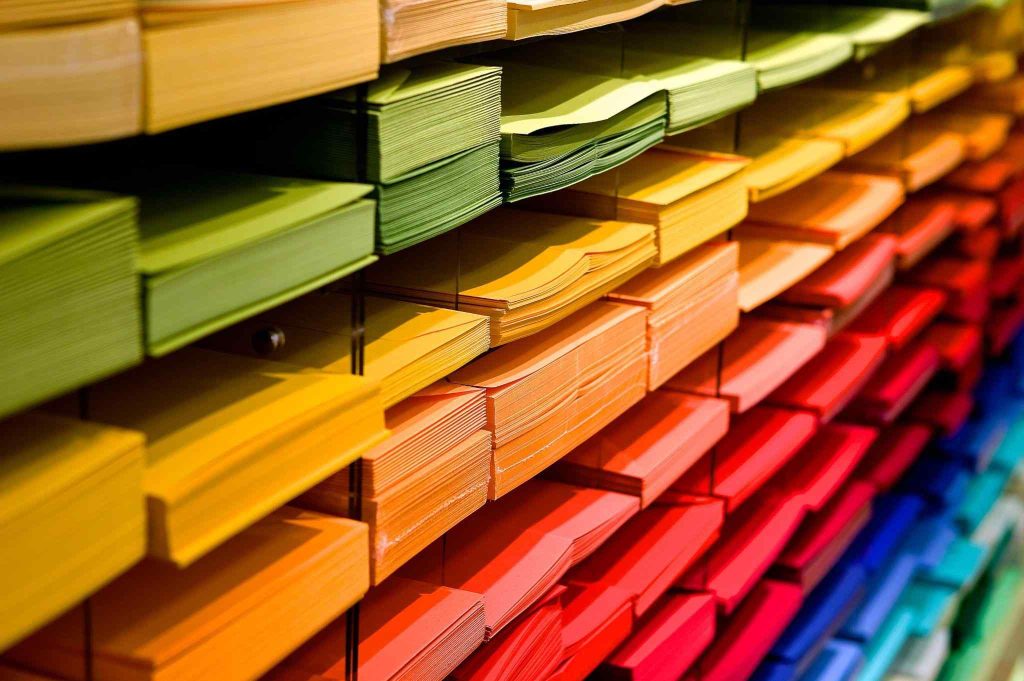
When we talk about colors of depression, the top two colors that often come to mind are gray and blue, specifically- dark blue. For centuries, these colors have been associated with low mood and depressive feelings.
In a study, experts found that the color gray was the one people pointed to when they were asked to reflect on depressive feelings. Similarly, in a more recent study, the color gray was once again pointed to reflect feelings of depression.
A neutral color in color psychology, gray has been notoriously linked with feelings of sadness, emptiness, hopelessness, and even dispassion.
Now, when we talk about the color blue, it has often been associated with low mood, sadness, and even lethargy. While it might not be the color per se, it might be its tone that influences your mood.
Studies on color perception have been reported saying that the vibrancy of the color was as important in determining the mood and emotions, as the color itself. For example, darker tones such as dark blue and gray depicted negative emotions; warmer colors like light blue depicted soothing and relaxing emotions.
On the topic of emotions; your emotions play an important role in affecting your senses. If you’re panicked, then you’re likely to see phantom shadows lurking. Depression, similarly, is an emotional state.
In a study, it was found that people living with seasonal depression, or SAD have light sensitivity and lower retinal sensitivity. This means that their color perception is muted, thus making things appear duller or muted than they truly are.
Colors That Are Linked With Depressive Mood
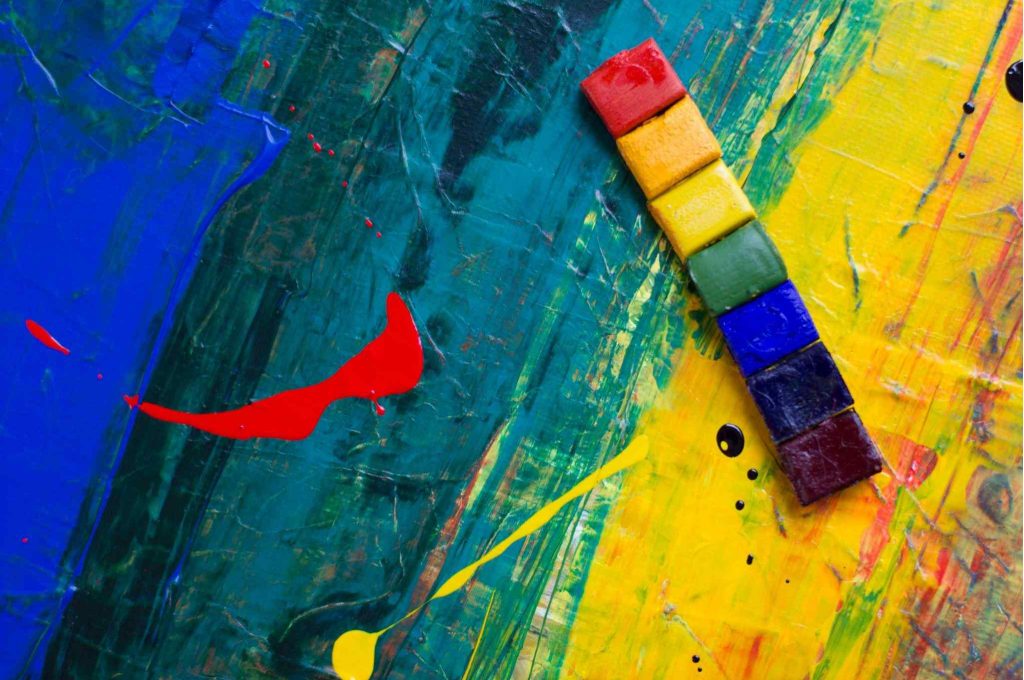
Each color has a significant perception. This depends mainly on the way we’re raised and the culture we grow up around. For example, white – in many cultures might be a sign of purity and chastity, while in others, it could be a sign of mourning.
Another common example can be the color green. Green is usually used to represent emotions like envy or jealousy, but on the other hand, it could also mean a sign that says, “all is well ahead”.
Here are some common colors that might be linked with depression and sadness;
-
Black Or Gray
Black is often associated with negative and oppressive emotions and feelings. In Western cultures, black is a color associated with mourning and is often said to bring forth feelings of fear and sadness. Gray, on the other hand, is a color we mostly associated with low mood, dullness, and sadness. It is also said to bring feelings of isolation and loneliness.
-
Blue
While blue, in lighter shades, is said to bring feelings of calmness and relaxation, darker tones of blue can do the opposite. Blue is often called the color of depression because too much blue can come off as cold and uncaring. It’s also associated with negative emotions such as melancholy, self-centeredness, suspicion, depression, and even unreliability.
I guess there’s some truth when we say we’re “feeling blue”!
-
Green
Green is another color that represents depression and anxiety. Again, green can be soothing, but too much green in your environment can invoke feelings of lethargy, moodiness, and depression. Too little green can bring feelings of rejection and even apathy. In the right amount, green can help reduce anxiety and nervousness.
Fun fact: Did you know that the green color is linked with World Mental Health Day?
-
Purple
Purple is also a significant color in color psychology as on one hand, it can represent calmness and even spirituality, but on the other, it can represent feelings of sadness and frustration. However, purple can also represent creativity and imagination. Again, too much purple can cause feelings of impatience and arrogance but too little purple can cause negativity.
-
Beige
Like gray, beige is a neutral color that can sometimes be associated with sadness and boredom. More often than not, this color is used as a background color and doesn’t really share the spotlight with other prominent colors. However, too much beige can cause negative feelings, so beware!
-
Brown
Brown is another color that can be associated with depressive feelings as well as loneliness and isolation. Again, like beige, brown can be a background color, and yet invoke feelings of sadness when it’s too much.
Can Colors Trigger Depression?
There’s little to no proof that says that certain colors can trigger depression. While colors like dark blue and gray might enhance feelings of low mood and depression, it’s not said that they can cause depression.
The causes of depression have nothing to do with color but past trauma, genetics, stressful environment, medications, and other factors might be responsible for triggering depression.
Certain colors can be associated with feelings of depression and low mood but they can’t trigger depression, sadness, or low mood. Disorders such as SAD can affect how you perceive color but even then, the research is limited.
If you’re experiencing signs and symptoms of depression, then it is recommended you speak to a professional for diagnosis and treatment. You can connect with a mental health professional below.
If you need immediate assistance, then you can connect with Lifeline number at 988 or reach out to your nearest mental health shelter.
I hope this blog helped you understand the link between depression and color perception and what colors represent sadness and depression.
If you found this article helpful, share your thoughts with us in the comments below or write to us at info@calmsage.com.
Do you agree that certain colors might be linked with depression? Share your thoughts in the comments and share this article with your loved ones.
Take Care!






